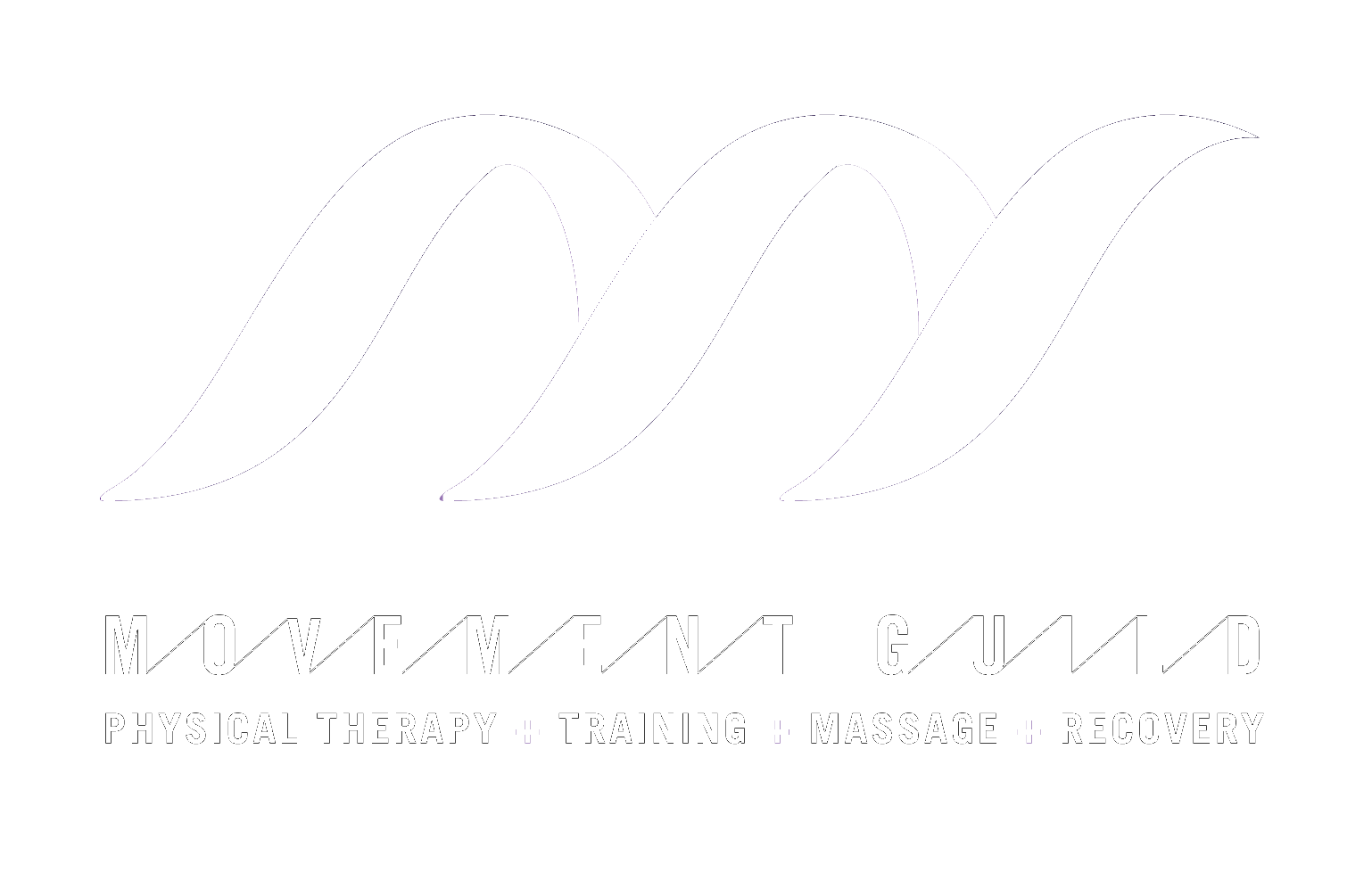Blood flow restriction training, or BFR as its commonly referred to in the strength and conditioning world, refers to the use of a tourniquet to limit arterial inflow while fully blocking venous outflow in order to create metabolic changes within the muscle that create. The net result is the creation of the same hormonal benefits that occur with a typical high load (over 70-80% of a 1 rep max weight) strength training schedule. During BFR training 20-30% of 1 rep max load Is utilized in conjunction with exercise while wearing the BFR band to achieve many of the same benefits as a traditional strengthening program but without muscle breakdown.
Research Proven Benefits of BFR
– Increased strength, comparable to high load training (Laurentino 2012)
– Increased muscle cross sectional area (Laurentino 2012)
o Increased muscle fiber area in BFR 30-40% gain during and after 3 weeks of training
using BFR (Nielsen 2012), compared to only 15-20% increase in fiber area after 12-16
weeks of heavy resistance training (Aagaard 2001, Kadi 2004).
– Increased motor unit recruitment (Yasuda 2014)
– Increased growth hormone (290%) , twice as much as controls with low intensity exercise
(Takarada 2000) and greater than controls with HIIT (Manini 2012). This is most beneficial in
recovery and collagen synthesis, not muscle growth as commonly believed
– Decreased myostatin, a protein that limits muscle development (Laurentino 2012)
– Reduced Fibrosis in muscle after injury
– Increased Insulin like Growth Factor-1 (IGF-1) (Fujita 2007) which directly contributes to muscle
growth (Stewart 2010)
– Increased recruitment of myogenic stem cells into the muscle (280% gain), an effect that
continues even up to 10 days after cessation of training (Nielsen 2012)
– Increased lactic acid buildup by creating an anaerobic environment within the muscle ->
activation of fast twitch muscle and larger motor units, therefor increased EMG activity (Yasuda
2010)
Generally speaking, BFR is a technique that is most helpful when use of high loads for strengthening are either not indicated due to having recently undergone surgery to repair muscle, tendon, or bone, due to lack of tolerance secondary to arthritis, or on “recovery days” when you need to allow for muscle growth without muscle breakdown (as is the mechanism for typical high load training).
We are thrilled, here at The Movement Guild, to be able to offer BFR to our clients, utilizing
personalized pressure management to ensure safety and optimal results. Ask your physical therapist or personal trainer whether it may be appropriate for you!

